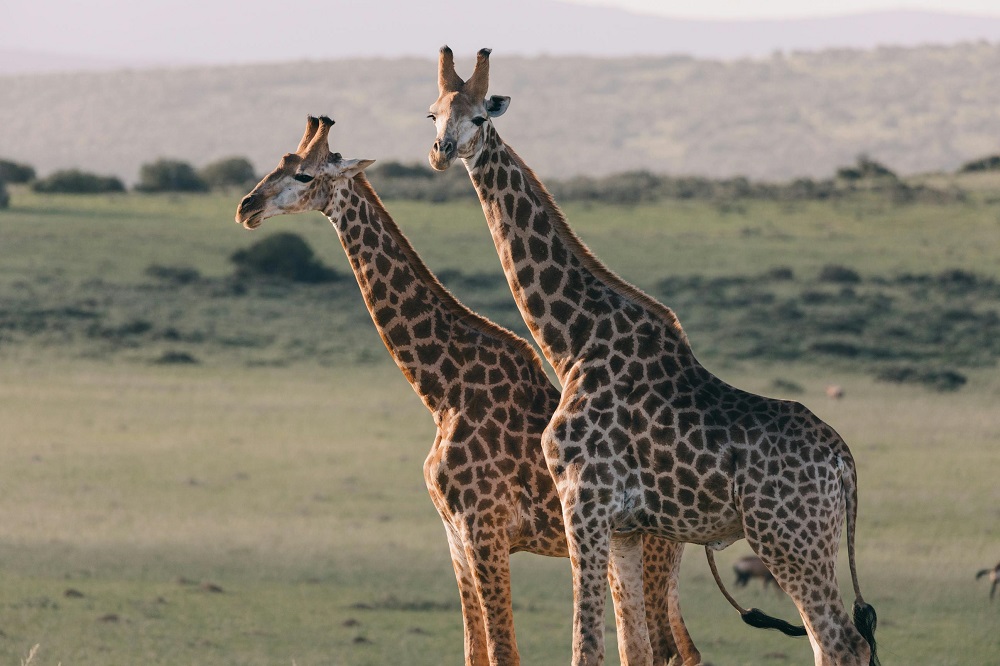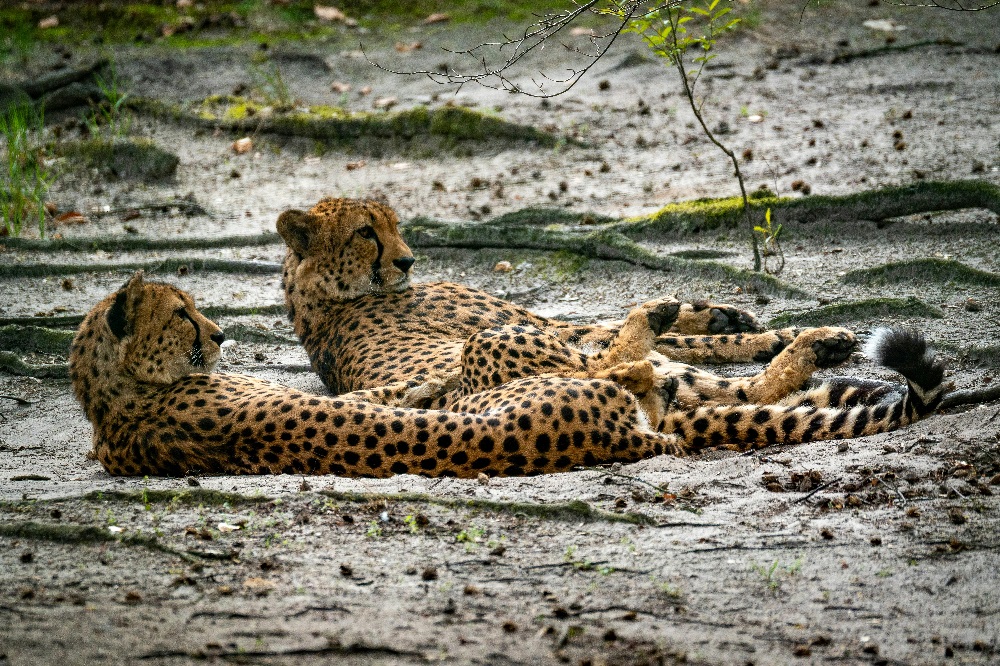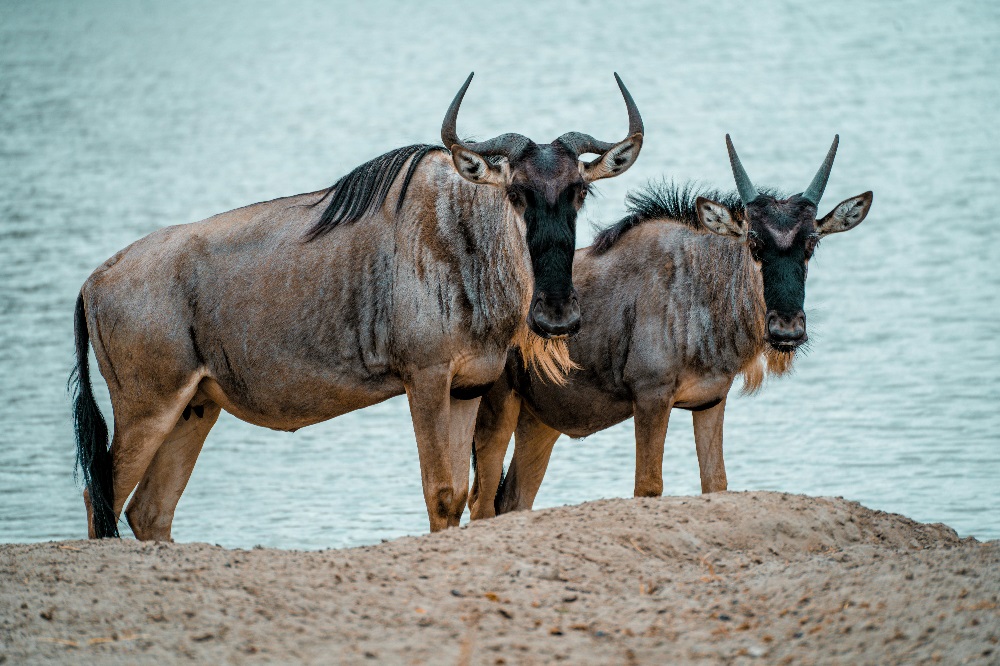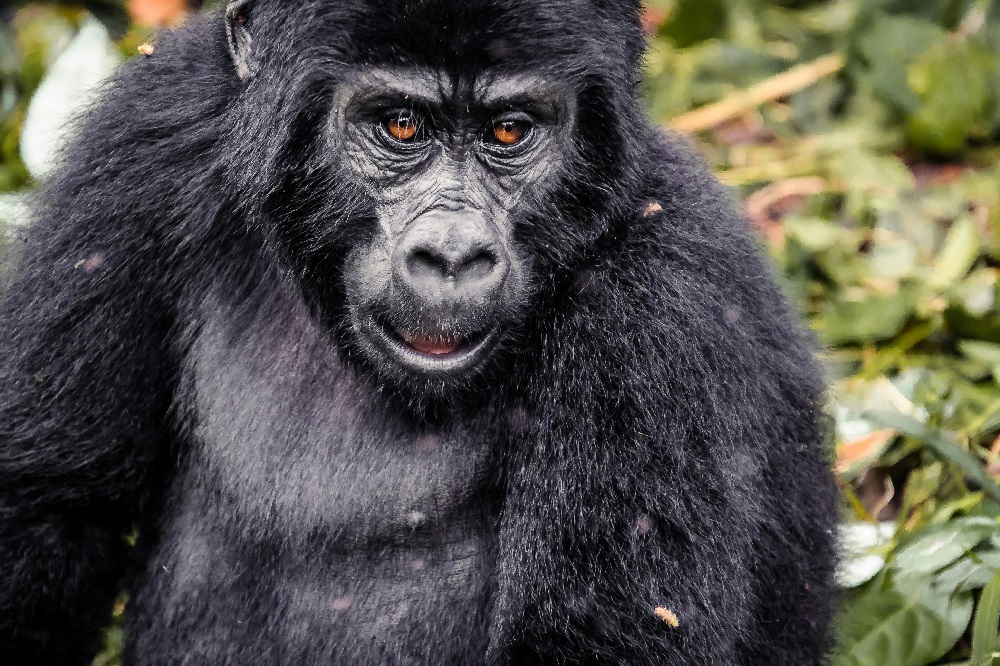Planning an African safari is one of the most exciting adventures in the world. For many travelers, the dream of seeing lions, elephants, giraffes, and wildebeest in their natural homes is worth every dollar spent. But before you pack your bags, it is natural to ask: how much does a 10 day African safari cost? The answer is not always simple. Prices can change based on the country you visit, the type of accommodation you choose, the season of travel, and even the activities you want to enjoy. In this guide, we will explore everything about the costs of a 10 day African safari and help you understand where your money goes, why safaris can be expensive, and which options offer the best value.
How Much Is a Two-Week Trip to Africa?
When planning a 10 day safari, many people also compare it with a two-week safari. A 14-day safari gives you extra time to see more parks, enjoy slower travel, and explore cultural activities beyond wildlife. But naturally, it comes at a higher cost.

On average, a 10 day safari may cost between $3,500 and $7,000 per person for mid-range options, while luxury versions can go above $10,000. If you stretch this to two weeks, expect to add around 20–30% more. That means a two-week safari could cost $4,500–$12,000 depending on the choices you make.
The extra days not only add more hotel nights but also more park fees, transportation, and meals. However, many travelers feel the extra cost is worth it because Africa’s wildlife is so diverse that 10 days may feel short, especially if you want to see both savannah and water-based ecosystems like the Okavango Delta.
Are African Safaris Worth the Money?
A common question is whether an African safari is worth the money. Safaris are not cheap, and some people are surprised by the prices. But when you think about what you experience, the value becomes clear.
On safari, you are not just paying for a hotel bed. You are paying for the chance to see wild animals up close in protected parks and reserves. You are supporting conservation, because your park entry fees go directly to protect animals like elephants, rhinos, and lions. You are also helping local communities through jobs in camps, guiding, and tourism services.
Beyond that, a safari gives memories that last a lifetime. Imagine watching the great wildebeest migration in the Serengeti, seeing a leopard climb a tree in the Masai Mara, or listening to hippos at night while you sleep in a luxury tent. These are priceless experiences that you cannot find anywhere else. Most travelers return home saying the safari was one of the best investments of their life.
How Much Does It Take on African Safari?
The cost of a safari includes many parts. First are park fees, which can be $50–$100 per person per day in countries like Kenya or Tanzania. Then there is accommodation. A mid-range lodge might cost $200–$400 per night, while luxury camps can reach $1,000 or more per night. Meals are usually included, but drinks and extras may be charged separately.
Transportation is another big cost. You might travel in a safari vehicle with a private driver-guide, which costs around $200–$300 a day. If you include small charter flights between parks, the price goes higher. On top of that, tips, visas, and souvenirs also add to your budget.

So when you add everything, a 10 day safari can range from $3,500 on the low end to more than $10,000 for luxury. The good thing is that you can choose according to your budget, and there are options for everyone, from backpackers to high-end travelers.
How Long Should an African Safari Trip Be?
The length of safari depends on what you want to see. A 7 day safari is usually enough for one or two parks. For example, in Kenya, you might visit Amboseli for elephants and the Masai Mara for big cats. In Tanzania, you could explore the Serengeti and Ngorongoro Crater.
A 10 day safari gives you more balance. You can visit at least three parks, have time to rest in between, and not feel rushed. For instance, you could start in Nairobi, go to Amboseli, continue to Lake Naivasha, and finish with four days in the Masai Mara.
Two weeks or more is best if you want to combine countries or explore Southern Africa as well. You might spend a week in Tanzania and then fly to Victoria Falls or Botswana. The longer you stay, the more relaxed the pace becomes. But for most travelers, 10 days is the sweet spot.
How Far in Advance Do You Need to Book an African Safari?
Booking time is important. For high seasons like the wildebeest migration (July to October), many camps are fully booked a year in advance. If you wait until the last minute, you might only find very expensive or less desirable options.
For a 10 day safari, it is best to book at least 6–12 months in advance if you want the best lodges. If you are flexible with dates or are visiting in the low season (April–May or November), then 3–6 months in advance is usually enough.
Booking early also helps you get better deals on flights, which are a big part of the total cost. And it gives you more time to prepare visas, vaccinations, and travel insurance.
Which African Country Is the Cheapest for Safari?
Not all safari destinations are priced the same. East Africa, especially Kenya and Tanzania, is famous for wildlife but can be on the higher side due to demand and park fees. Southern Africa has more budget-friendly options in some places.

South Africa is one of the cheapest countries for safaris because you can self-drive in Kruger National Park. Entrance fees are lower, and you can stay in simple lodges or even campsites. Namibia is another affordable destination, where you can combine wildlife with stunning landscapes.
On the other hand, Botswana and Rwanda are usually more expensive because they focus on low-impact, high-value tourism. So if you are on a budget, South Africa and Namibia may be best. If you want luxury and exclusivity, Botswana or Rwanda are perfect.
Why Are African Safaris So Expensive?
One of the biggest surprises is the high price of safaris. But there are many reasons. First, running lodges in remote areas is costly. Everything from food to building materials often has to be flown in or transported long distances.
Second, conservation fees are high to protect wildlife and habitats. This is necessary because poaching and human-wildlife conflict are real threats. Your money helps fund rangers, community projects, and anti-poaching patrols.
Third, safaris offer very personalized service. You have trained guides, sometimes private vehicles, and high staff-to-guest ratios. Luxury lodges may have only 10 rooms but more than 50 staff to serve guests.
So while the costs are high, they are justified by the unique experience, exclusivity, and the fact that you are supporting conservation.
Which African Safari Is Best for Money?
If you want the best value, look for places where wildlife is rich, logistics are easy, and there are many accommodation choices. Kenya’s Masai Mara and Tanzania’s Serengeti offer great value because of their abundance of animals. You can often see the Big Five in just a few days.
South Africa’s Kruger National Park is also excellent value because it allows self-drives, meaning you can control your budget. Uganda is another option if you want to combine a traditional safari with gorilla trekking, which is more expensive but once-in-a-lifetime.

The key is balance: choose mid-range lodges, travel slightly outside peak season, and plan your route wisely. That way, you get the most out of your money without sacrificing quality.
What Part of Africa Is Best for Safari?
Africa is huge, and each region offers something unique. East Africa is famous for the open savannahs of Kenya and Tanzania. This is where you see the wildebeest migration, big cats, and dramatic landscapes like Ngorongoro Crater.

Southern Africa offers diversity. In South Africa, Kruger is full of wildlife and easy to access. Botswana’s Okavango Delta is magical for water-based safaris, while Namibia has desert elephants and surreal landscapes. Zambia and Zimbabwe are known for walking safaris and Victoria Falls.
The best part depends on your interest. For classic game drives and migration, East Africa is unbeatable. For varied activities like mokoro canoe rides, walking safaris, or Victoria Falls, Southern Africa shines. Many travelers combine both regions over different trips.
Conclusion
A 10 day African safari is not cheap, but it is one of the most rewarding adventures in the world. Costs vary from $3,500 to over $10,000 per person depending on country, lodge type, and season. While prices may seem high, the experience of seeing wild animals in their natural home is priceless.
Whether you choose Kenya, Tanzania, South Africa, or Botswana, planning well and booking in advance ensures you get the best value. From watching elephants at sunset to hearing lions roar at night, a safari is more than a holiday—it is a journey of a lifetime.
